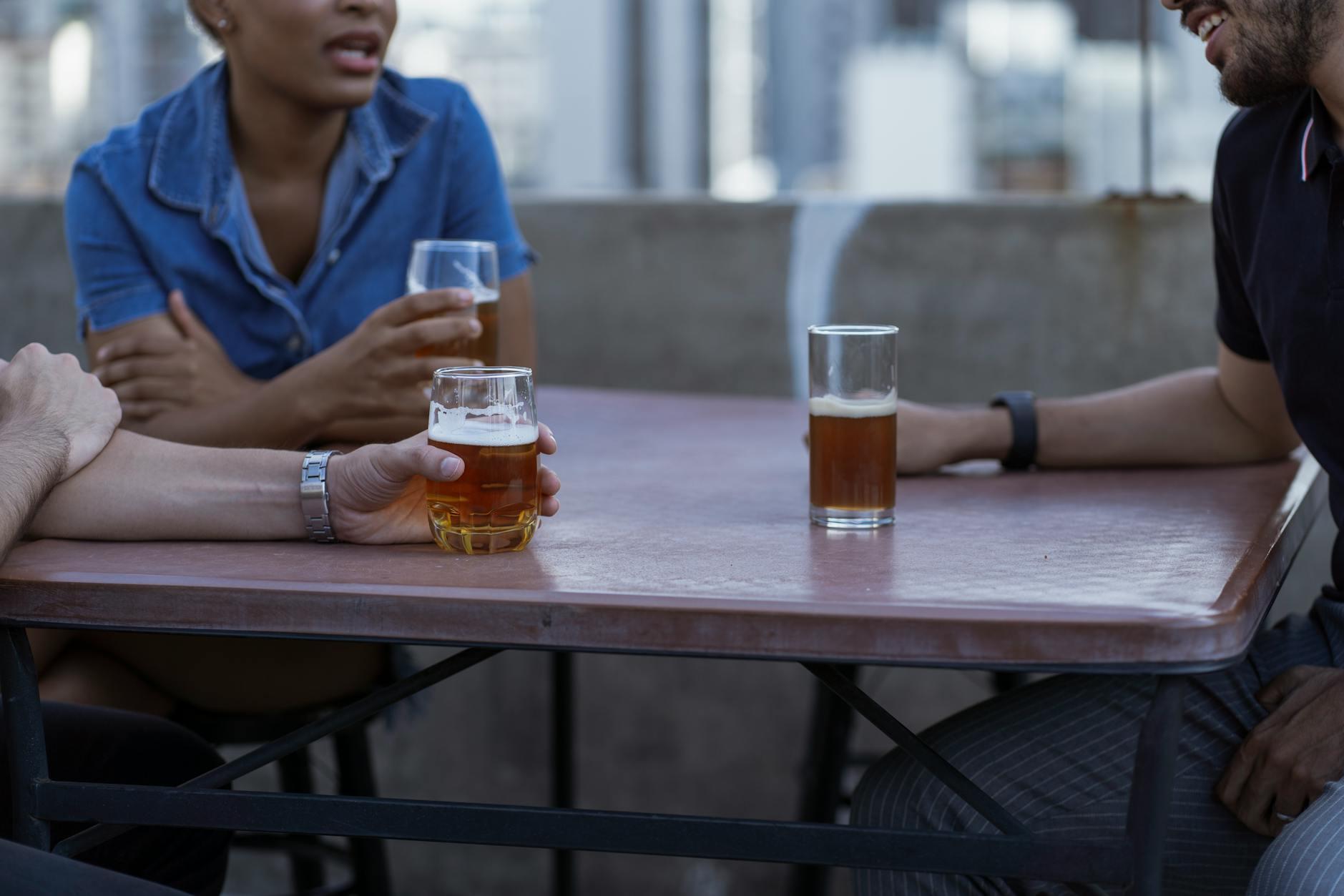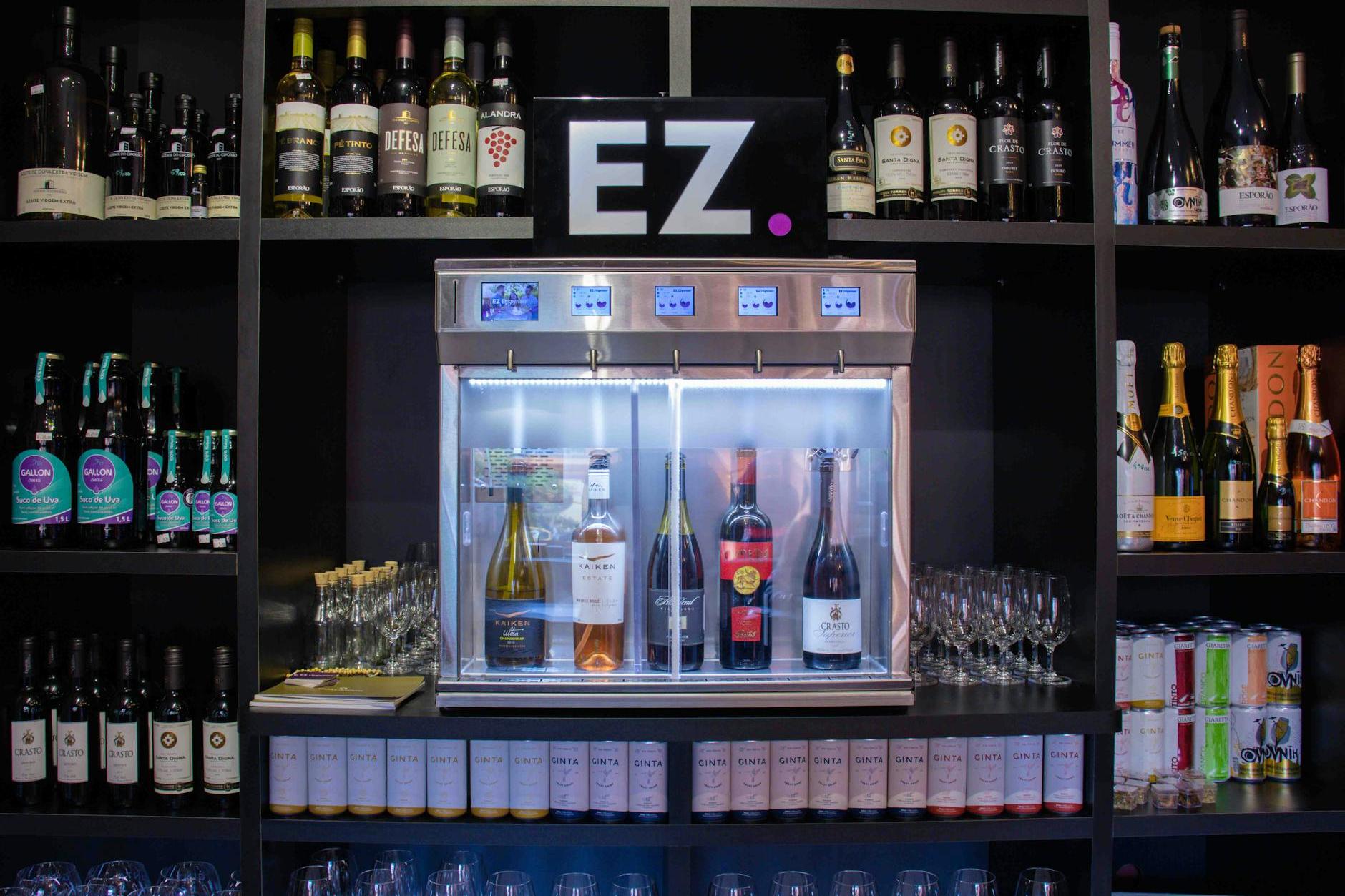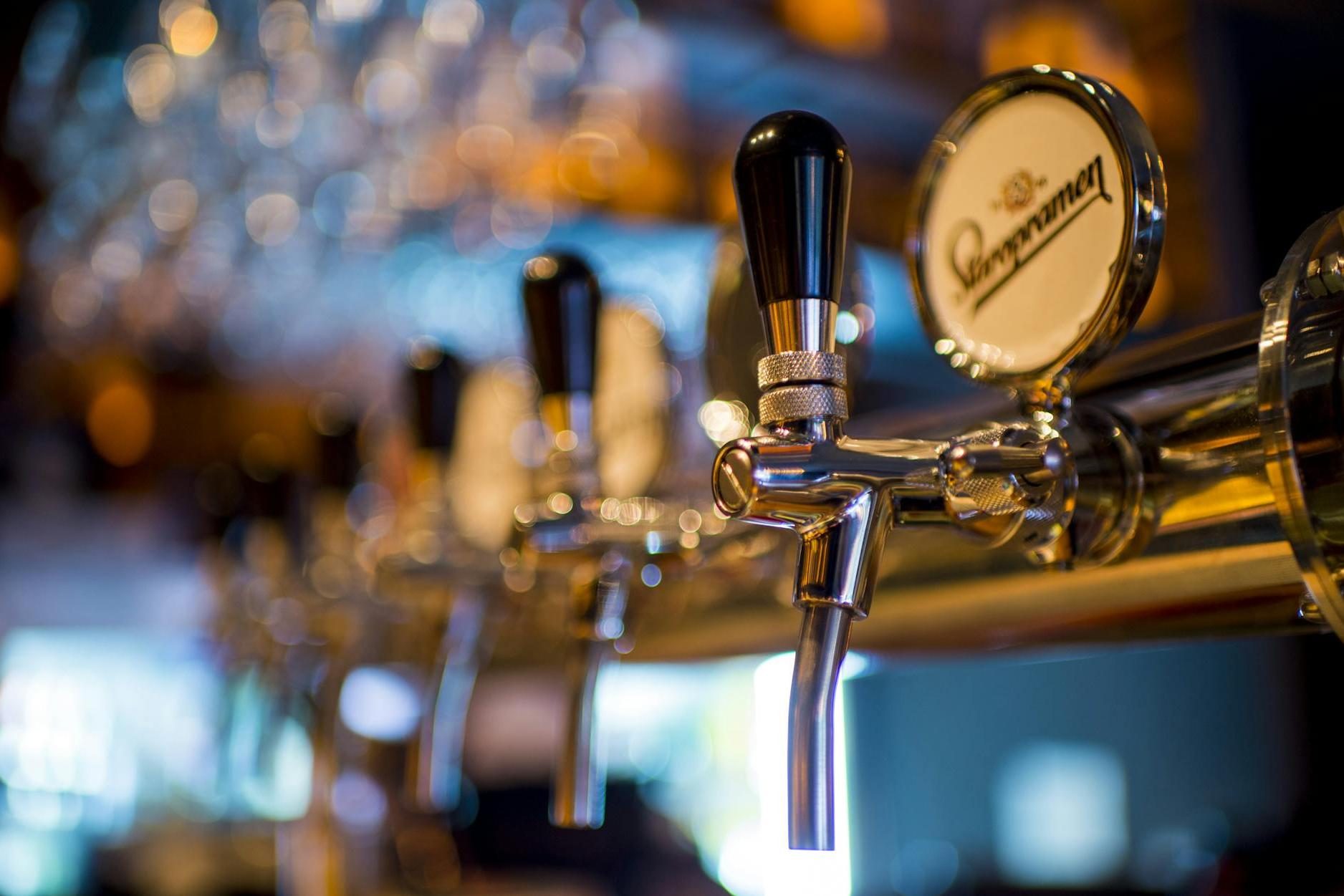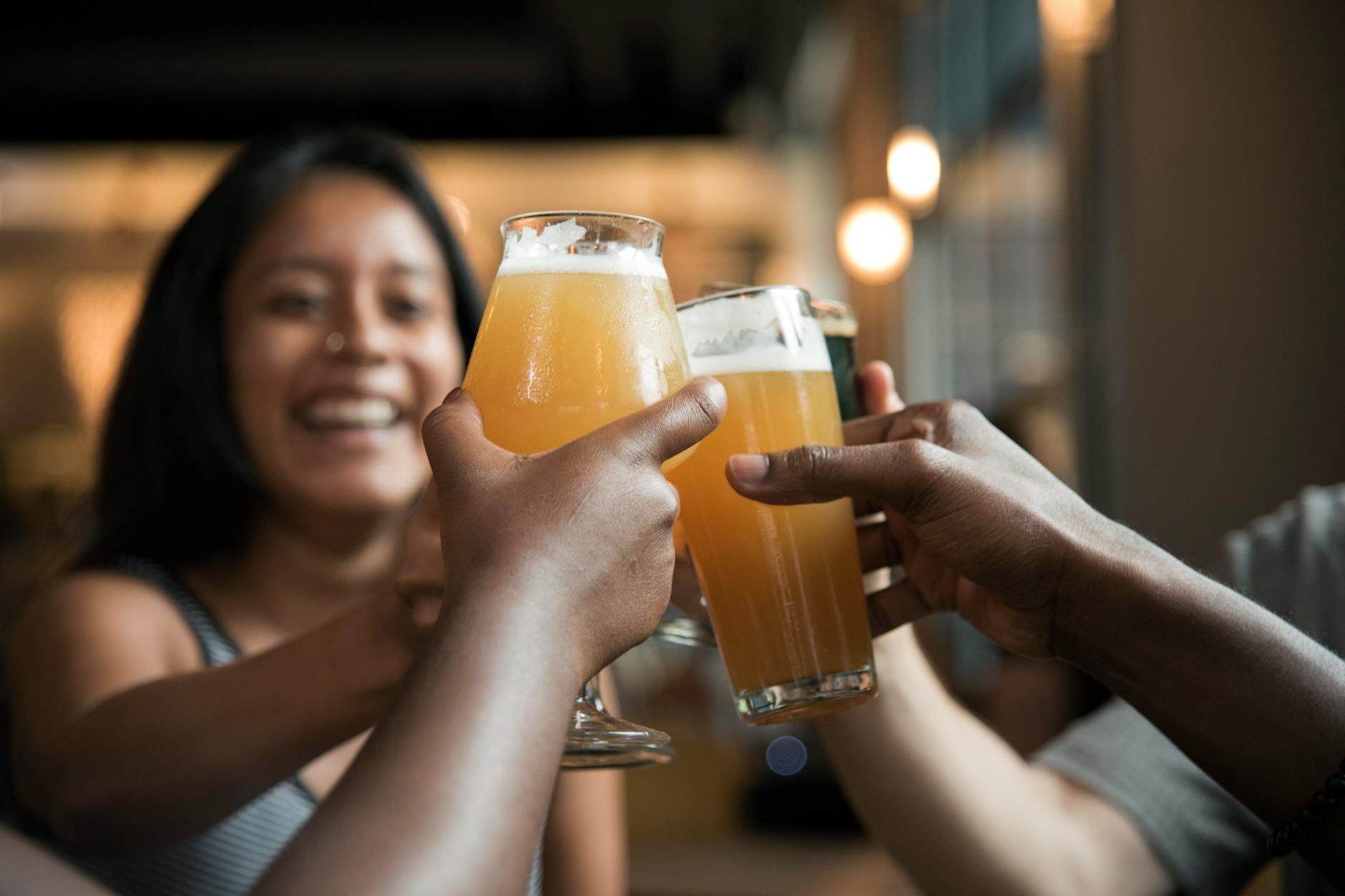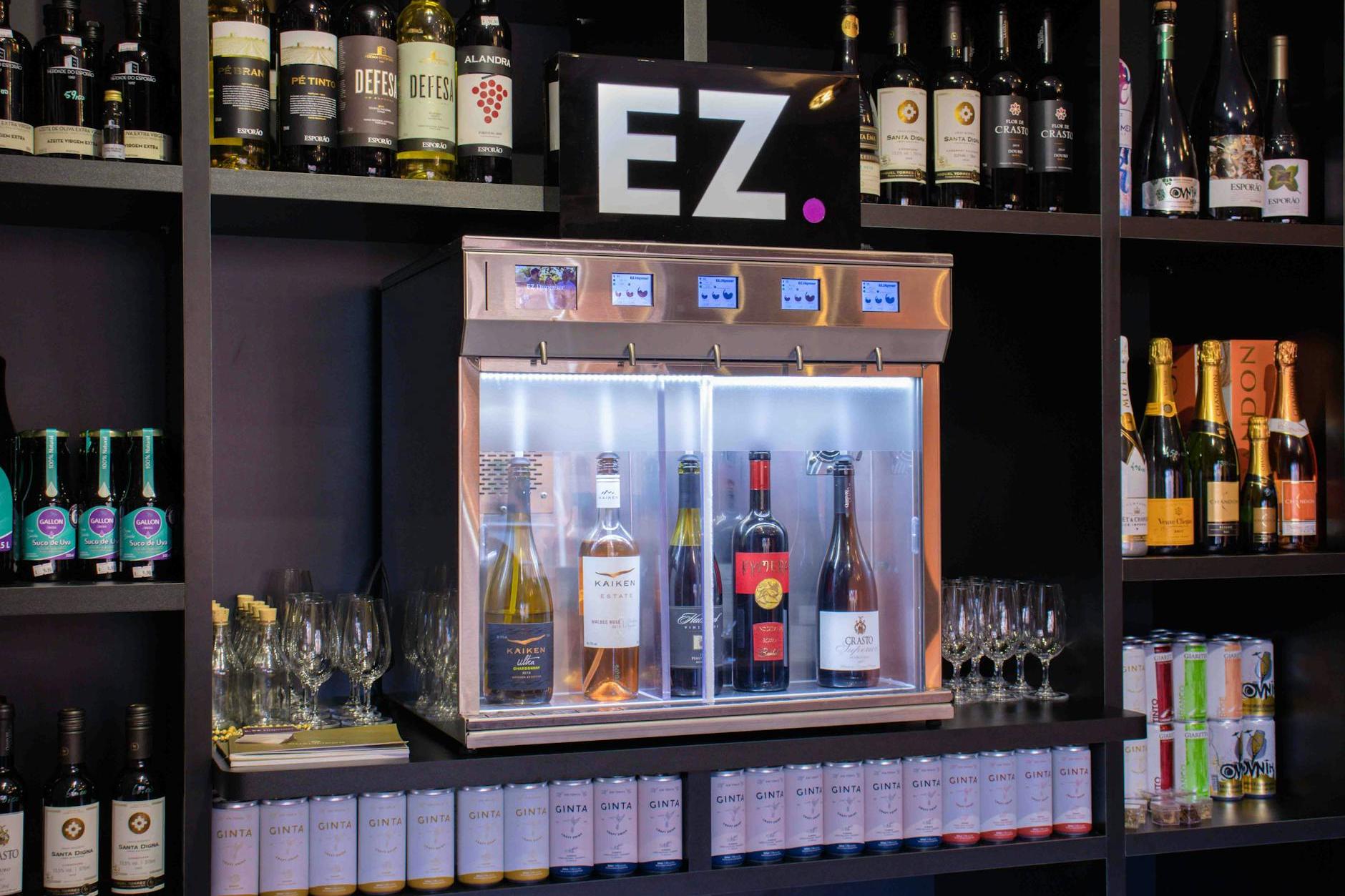- Shanghai Zhongshen International Trade Co., Ltd. - Two decades of trade agency expertise.
- Service Hotline: 139 1787 2118
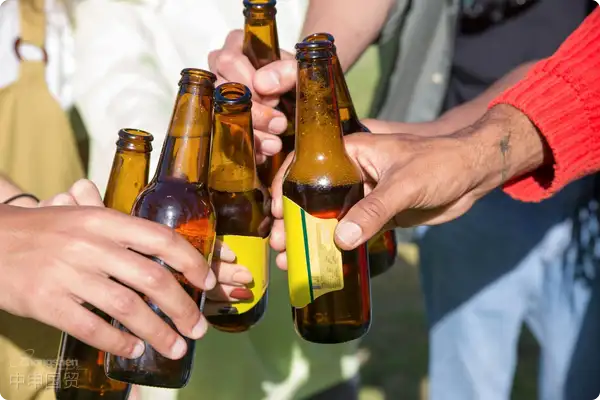
When Craft Beer Meets Customs Codes
Last year, a client enthusiastically imported a batch of Belgian Trappist beer, only to be required to classify it as an "alcoholic beverage" during customs clearance. This not only resulted in a 12% increase in taxes but also caused them to miss the peak sales period during the beer festival. This case teaches us:Customs classification is not a word game, but a real cost competition..
The first hurdle: the invisible threshold of qualification certification
The entry threshold for imported beer is far more complex than one might imagine:
- The three certificates of enterprise qualifications are combined into one:
- Food Distribution License (with an additional Cold Chain Food Filing Seal added from 2025)
- import and exportCertificate of Rights Registration
- Alcohol business license
- The Butterfly Effect of Brand Licensing Chains:
- Original Factory Authorization Letter (requires certification by the embassy or consulate)
- Regional Exclusive Agency Agreement (Note the Exclusivity Clause)
- The Life-or-Death Race Against Time for Health Certificates:
- Certificate of Sanitary Origin (valid for 120 days after issuance)
- Pre-review system for Chinese back labels (recommended to prepare 6 weeks in advance)
The Second Challenge: The Devil in the Details of Customs Declaration
A certain German beer was detained for inspection for 17 days due to confusion between "330ml*24 cans" and "24 cans*330ml" in the declaration of measurement units. This lesson reveals three major pitfalls in the customs clearance process:
- The Art of Commodity Classification:
- Determination of the Critical Values for Beer Malt Degree and Alcohol Content
- The difference in tax rates between craft beer and industrial beer.
- The ironclad rule of document consistency:
- The gross weight on the packing list allows a ±5% tolerance compared to the bill of lading weight.
- The labeling unit for alcohol content shall be standardized (%vol or ABV).
- The Tricks of Tax Calculation:
- Tariff (MFN rate 10%)
- Value - added tax is 13%
- Consumption Tax (specific tax of 0.5 yuan/liter)
| Customs clearance method | Time limit | Customs Clearance Stability | Suitable Categories |
|---|---|---|---|
| General Trade | 7-15 days | ★★★ | Bulk industrial beer |
| Cross-border E-commerce | 3-7 days | ★★ | Limited edition craft beers |
The Third Challenge: The Secrets of Temperature Control in Warehousing and Logistics
We have previously examined the attenuation curves of beer flavor under various transportation conditions:
- The Golden Rule of Temperature-Controlled Storage:
- Store away from light at 5-25°C (exceeding this range will accelerate oxidation)
- The stacking height should not exceed 5 layers (to prevent deformation of the tank).
- Intelligent Upgrade of Traceability Management:
- Two-way traceability between batch number and customs declaration number
- Temperature monitoring data cloud archiving
- The capillaries of the distribution network:
- Coverage rate of 48-hour delivery in key cities
- County Market Cold Chain Transit Solution
Sweet troubles after clearing the game.
When you successfully import the first batch of goods, the real challenge has just begun: how to establish a dynamic replenishment model? How to balance near-expiry inventory? These follow-up services are the true test of an agency's professionalism. When selecting a partner, it is recommended to focus on whether they possess:
- Service cases covering at least three complete sales cycles
- Self-developed supply chain management system
- Emergency Response Plan Repository for Handling Sudden Inspections
Being an imported beer agent is like dancing on a glass walkway—you must maintain an elegant posture while precisely avoiding every crack. The next time you raise your glass to savor exotic flavors, may these practical experiences help you pay less "tuition" and savor more business opportunities.
Related Recommendations
Category case
Get in Touch
Email: service@sh-zhongshen.com
Related Recommendations
Contact via WeChat

? 2025. All Rights Reserved. Shanghai ICP No. 2023007705-2  PSB Record: Shanghai No.31011502009912
PSB Record: Shanghai No.31011502009912
